It was likely a practical, scheduling-minded choice to air Kyousogiga in the fall, but it certainly made for an appropriate ending. As the show drew to a close, so too did the year itself, the season’s promise of family and renewal mirroring Kyousogiga’s own humble themes. It’s a rare show – though it mirrors this summer’s Uchouten Kazoku in a number of interesting ways, perhaps the most review-relevant parallel is that it’s one more of those occasional glimpses of how good anime can actually be. It’s a world unto itself and a message both personal and universal. I’m sure I could ramble on it at length, but the show demonstrates its own strengths freely, so I’ll try to keep this concise.
Kyousogiga is, above and beyond anything else, a family drama. Though its visual spectacle, worldbuilding, and playful juggling of metaphor can all work to obscure that, the fundamental conflict of Kyousogiga is a family that has fallen apart, and that needs to come back together. The show makes no secret of this – in fact, every episode begins by once again announcing itself as “a story of a certain family’s love and rebirth,” and pretty much every word in that sentence proves its significance. It’s a story, first of all – that seems obvious, but Kyousogiga specifically is a show fascinated with mythbuilding, structured like a modern rewrite of a classic fable and drawing on whatever myths happen to reflect its ideas, be they Buddhist, Greek, or Abrahamic. It’s focused on a certain family, which is important as well – because it is the personal nature of this story’s conflicts that render them true, and the show’s broader themes being universal does nothing to diminish the very definite, specific personalities of its cast. It is most assuredly a love story, and is resolved only through the twisted bonds of selfish and selfless love that make up a family. And it’s a story of rebirth in multiple ways – as a literal story of undying gods, as a story about growing into your adult self, and as an exploration of the way our own trials can be reborn through our relationships with the people we love, our fears, failings, and anxieties passed on to our children.
So yeah, there’s a big, pretentious paragraph discussing what the show talks about within its first twenty seconds. As I said, this one rewards rambling. But with that big-picture description out of the way, hopefully I can take this piece-by-piece while asking you to keep in mind that each of these pieces works in service of that familial center.
First, if you’re a fan of worldbuilding, Kyousogiga’s got you covered. The Mirror Capital is a brilliant invention, filled with lovely details that make it feel simultaneously fantastical and remarkably lived-in. This is important – to the characters, it’s the wonderland they take for granted, and the story works hard to make it both a joy to explore for us and a mundane reality for them. Fortunately, the Capital’s necessary air of fake, fantastical reality is greatly aided by the show’s visual design, another of the show’s premier strengths. The sketchy quality of everything in the capital, along with the way each fabricated object maintains a distinct white outline, gives the entire world the illusion of being some kind of pop-up book – which, of course, it more or less is. In addition to just being very distinctive and beautiful, this feeling of storybook unreality strongly reflects the central conflicts of the siblings – Myoue, the Mirror Capital’s reluctant caretaker, longs to escape the shadow of his father, and sees the Capital as a cage of arrested development. The questions left by his absent parents have left him trapped in their footsteps, seeking their guidance but only ever retracing the steps of the past.
Of course, if the Mirror Capital were the story’s only setting, that feeling of picture-book reality would be weakened for a lack of comparison points. Fortunately, Kyousogiga features close to half a dozen worlds, each with their own visual interpretation of reality. From the green hills and gorgeous sunsets of Shrine to the wreckage and flowers of the realm between worlds, each new landscape offers its own treasures, their beauty put to great use by Rie Matsumoto’s confident direction.
That direction’s strength also can’t be overstated – this is one of the most well-composed and legitimately filmic shows of the year. While manic sequences like Shouko’s search for her controller or the explosive bickering of Myoue and Koto draw comparisons to FLCL, it’s really in the quiet scenes that this show’s production truly shines. When young Koto sleepwalks her way into the room where her absent parents hide, you can legitimately feel the stillness, the warmth, the tension. When Myoue reveals his wish to Koto in the golden fields of the capital, it’s like the show itself is holding its breath. This show understands the power of silence, and also how much emotional weight the frame can hold purely through direction alone, and it perfectly supplements the core relationships of the show time and time again.
Which I suppose brings us to those core relationships, eh? Well, as I said, in spite of all this show’s symbolism and mythic pretensions, it’s really all about family – brothers and sisters, fathers and sons, mothers and everyone else. Our central protagonists, Myoue and Koto, are each driven by what their family denied them. Myoue, who intended to die along with his original family, ends up being trapped in immortality after being adopted by the god Inari. Trapped on several fronts, in fact – within his undying body, within the unchanging Mirror Capital, and, most importantly, within the set of expectations bestowed upon him by Inari. That feeling of obligation, of the responsibilities and degrees of selfishness inherent in family dynamics, are both tormentor and savior for Myoue. Initially, he feels trapped in a life he never wanted – ostensibly because he cannot die, but in reality because he’s never been able to escape the shadow of his father’s responsibilities, confront him and move beyond him. In the absence of those responsibilities, he sees no reason to live – and when finally given a chance to escape those responsibilities through Koto’s power of destruction, he initially pleads with her to kill him. Ultimately, he discovers the truth all children eventually must – that his father is not god (well, metaphorically speaking), but actually just another flawed human being, Inari himself trapped by the legacy of his own father. Myoue never gets the resolution he desires, and is never given a true reason to live – instead, he is simply asked to live, by his sister Koto, a family member who cares about him and doesn’t want to see him go. He doesn’t need his own reason to live – there are things he wants to protect, and he can live for their sake, as long as he is willing to let go of the illusion of security provided by living in the expectations of the past. In the end, it is not a divine revelation, but one more familial responsibility that keeps him living – in the world of Kyousogiga, the ties that bind us are what hold us aloft, what keep us alive. When Myoue’s father asks his own father for a reason to keep living, his father seems to almost laugh at the question. “What’s wrong with just living?” he asks. He is needed, and that is enough.
Whereas Myoue (the bearer of god’s life-giving power) reflects on death and seeks to escape his past, as represented through the ties of his family, his sister Koto (the bearer of god’s power of destruction) is the opposite, full of life, appreciative of every opportunity life grants her, and desperately seeking a family and a place of her own. The Mirror Capital is a stand-in for family or “home” to each of them, and so to her, it is the wonderland it appears to be. Koto isn’t really forced to change by the narrative – she is the catalyst, the one who never had a chance to take family for granted, and so it is her brash, demanding nature that ultimately kicks both Myoue and his father into action. Her selfish love gives them purpose – aimless as individuals and unwilling to simply take up the mantles of their fathers, they are given meaning through the honest desires of the family members that surround them. They seek luminous purpose and talk of love in grand gestures, Inari raining destruction on his father’s work and Myoue seeing death as the only way to escape his ennui and feelings of displacement. Koto knows differently – when she finally confronts her father, she tells him straight-out that love is not a grand, ethereal thing, love is eating breakfast together, bickering, laughing. She is wise enough to know that sometimes you live just because, and love by simply being there. And even if they may not understand, the threads that tie them to her give them purpose as well – she has purpose enough for all of them. The show refuses to diminish itself with optimistic platitudes – it simply says that family involves both selfish and selfless love, and displays the joy of family not through an overt message, but through the many beautiful moments scattered throughout.
There’s a lot more I could talk about when it comes to Kyousogiga. The symbolism, for one – although in retrospect, the show’s most pervasive symbols are robustly articulated and self-evident. The pomegranate, for example – the fruit that tied Persephone to the underworld, the symbol of Myoue’s entrapment within his own immortal body, the gift of responsibility, of a family tie either given or imposed, accepted freely or unwillingly. Whereas Myoue sees his gift as a burden, when he offers the fruit to Koto, she willingly accepts – and ultimately he comes to peace with the burden of love as well. Or elder Koto’s incarnation within a Bodhisattva, a being who has achieved enlightenment but remains on earth to guide others towards that goal (or her imprisonment as the rabbit in the moon, for that matter). Or the general Buddhist principle of impermanence, and way ideas like the station opening reflect on how we cling to the trappings of the past (which in turn reflects on the show’s ideas about rebirth and the lessons of our parents). Kyousogiga stirs symbols together freely and even adds some of its own, like the incarnation of god within the three drawn animals, or the splitting of god’s power of creation and destruction within his two immortal children. This scattered array of mythology only lends an evocative flavor to the world – it does not draw focus from the show’s central messages regarding life’s mysterious and ultimately irrelevant purpose, and the ties of family and love.
So that’s Kyousogiga. Many vivid worlds, a bevy of small narratives, rich direction and sound design, poignant characters, well-chosen symbolism, and intelligent, resonant themes. Riches and wonders aplenty, a confident example of the kind of story only anime can do justice, and a heartwarming personal tale besides. A story of a certain family’s love and rebirth. The best show of the season, one of the best of the year. 10/10.

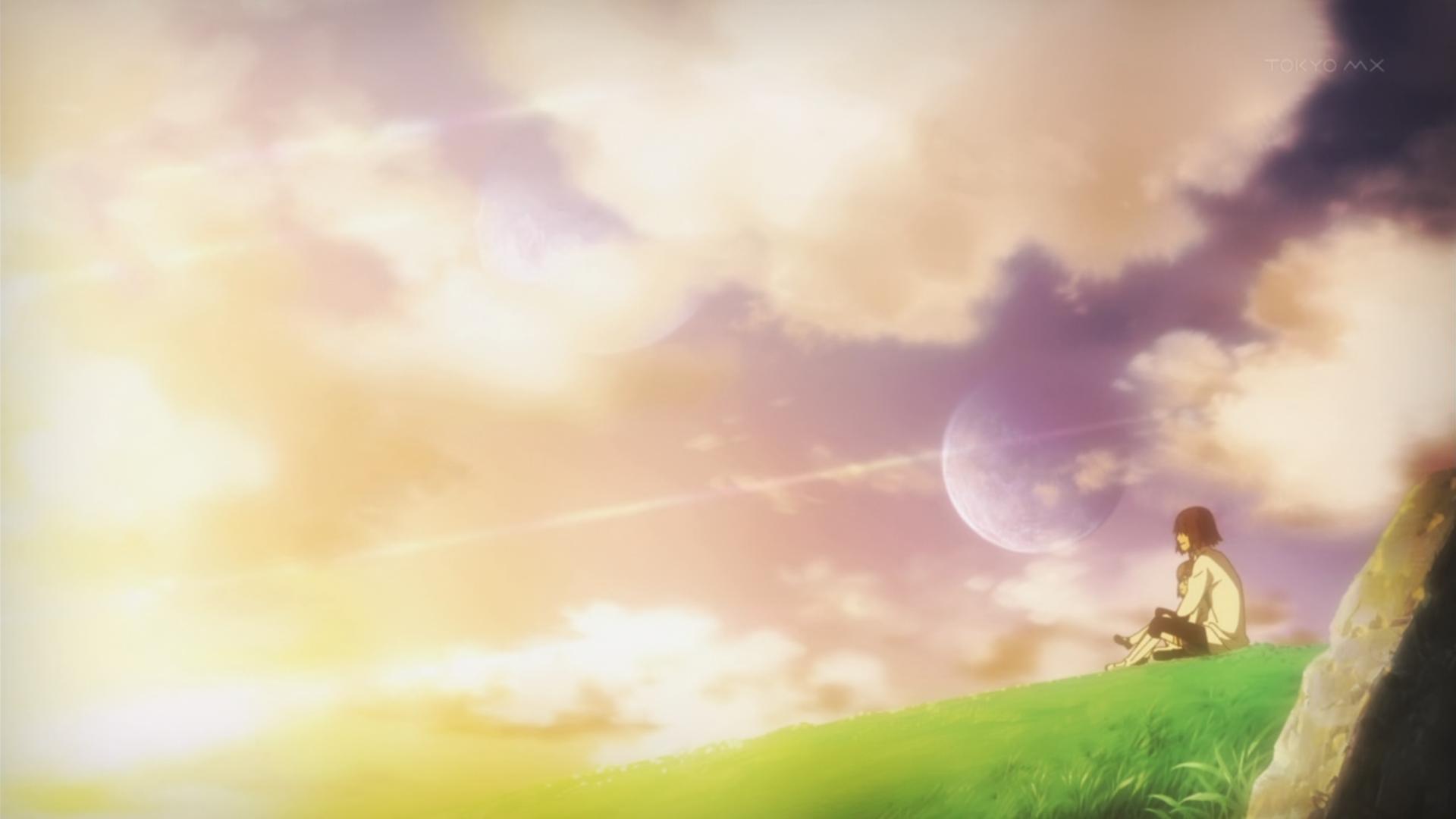
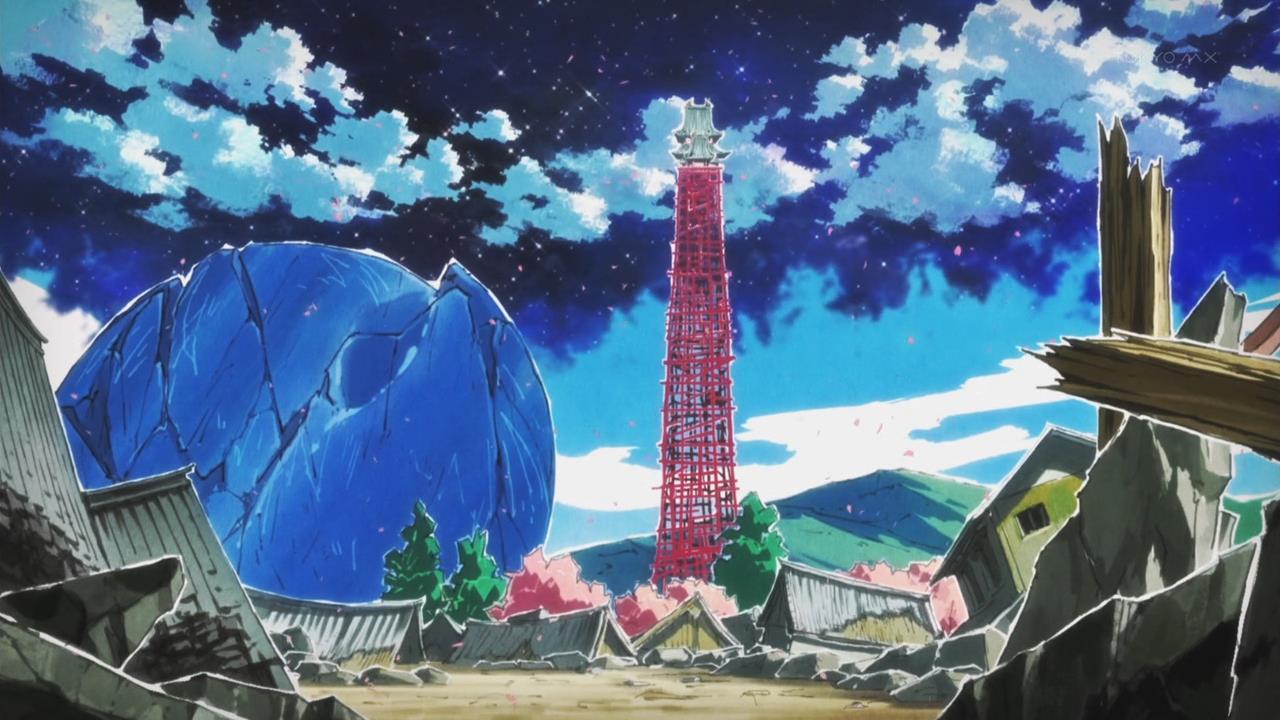
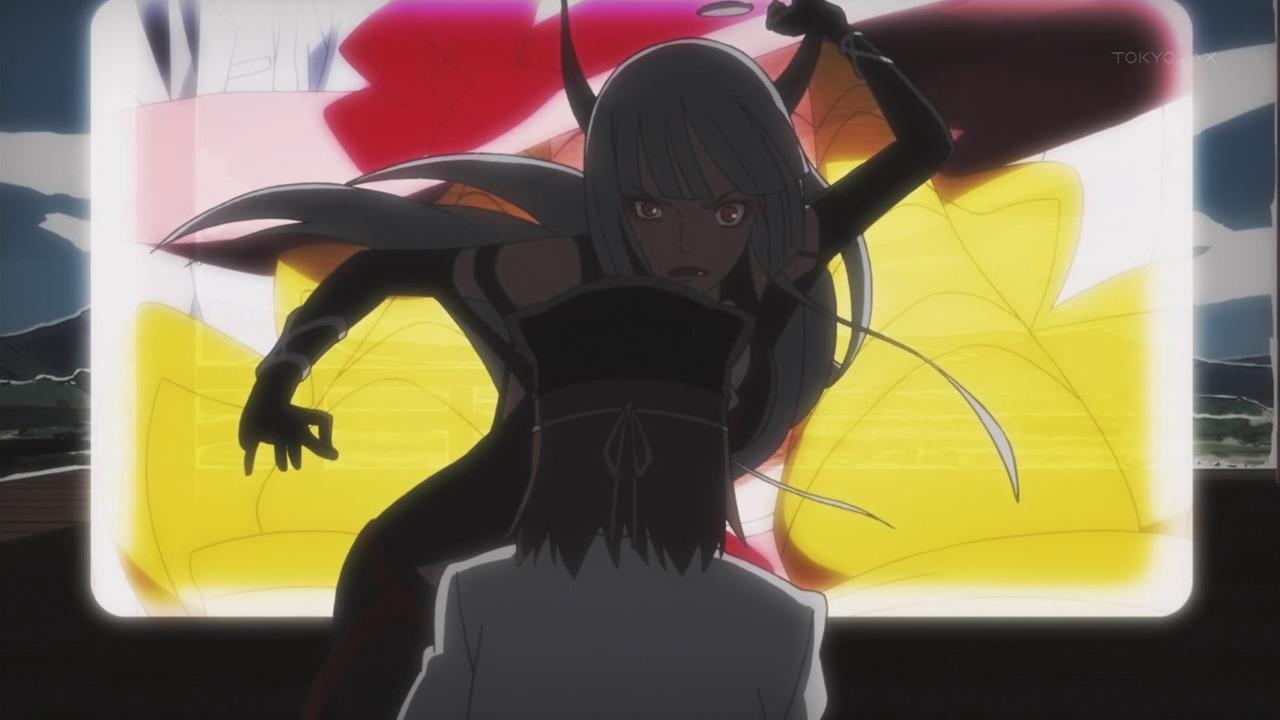
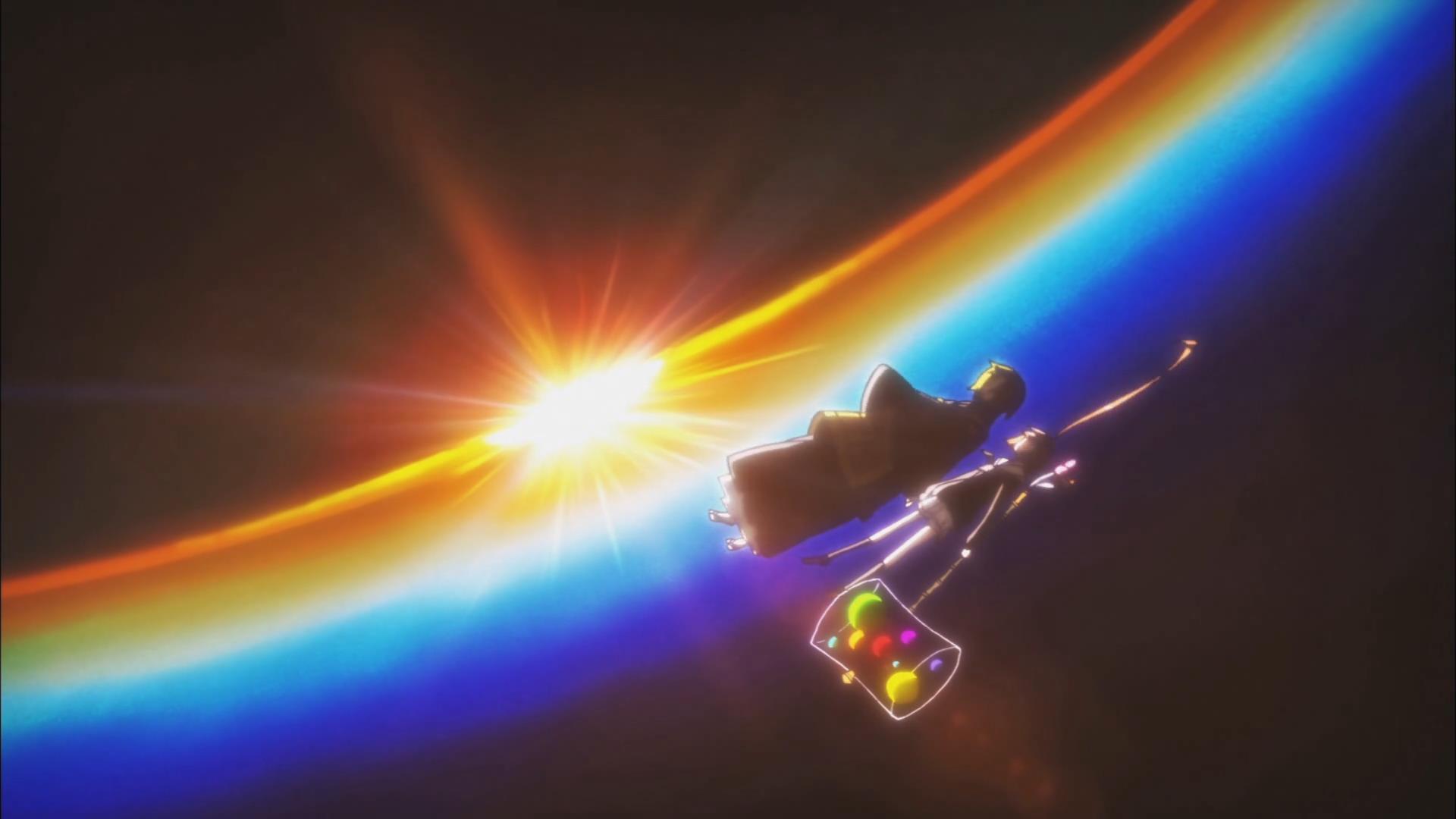
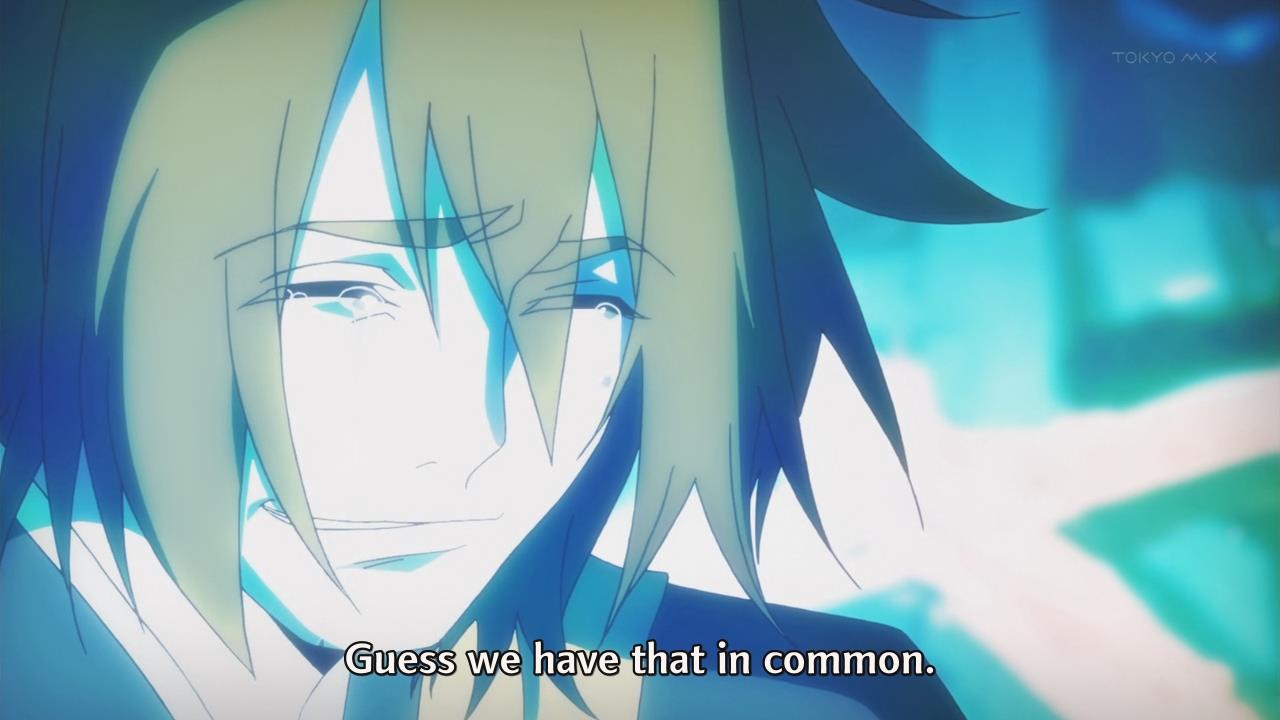
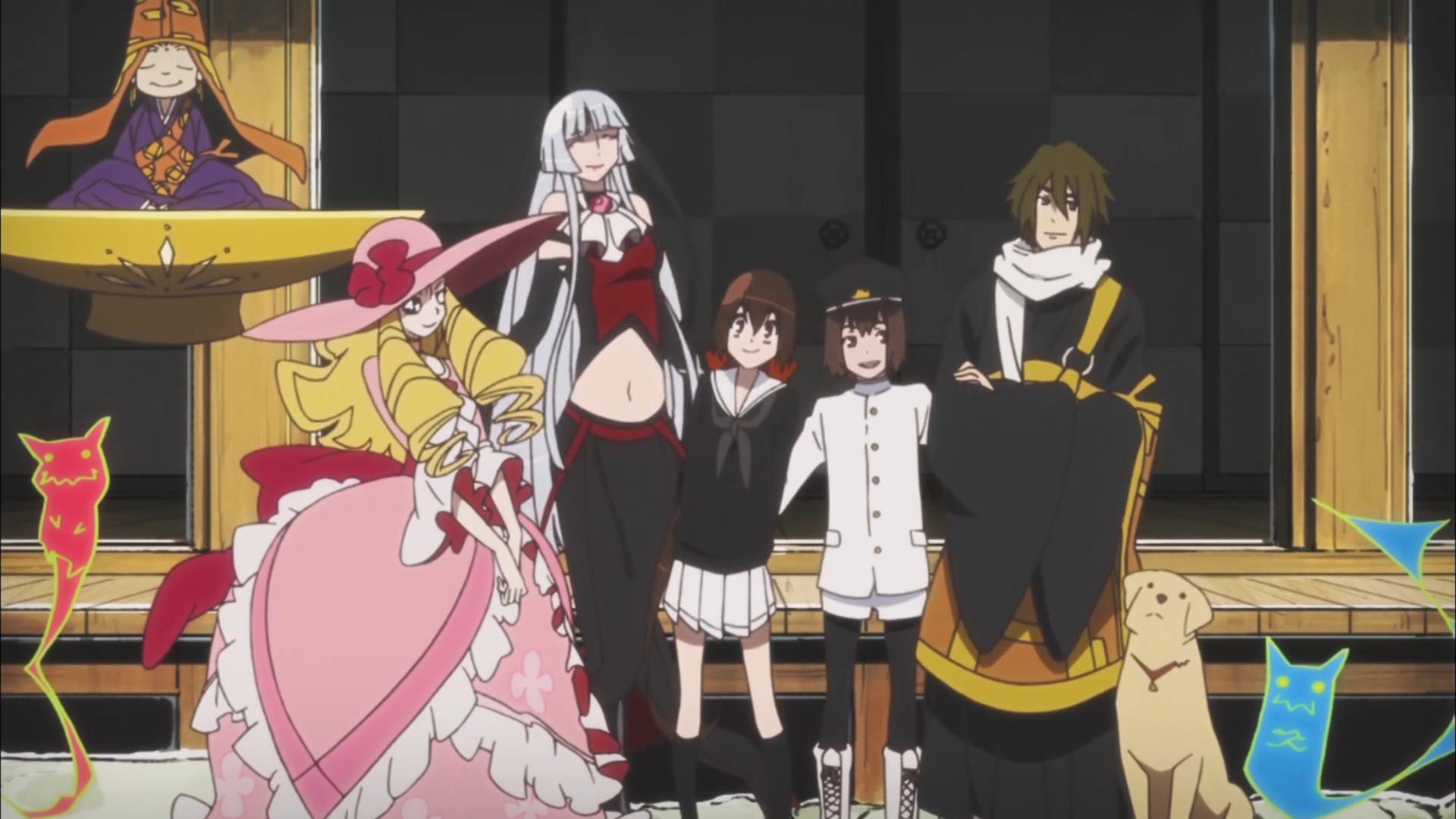
I consider this show like Uchouten Kazoku told with Utena’s style.
I never knew I’d like to see such a show, but I really don’t regret my choice.
They should put that on the bluray cover. It’d be an instant buy for me and the half dozen other people who never knew that was what they always wanted.
Pingback: Kyousogiga / Capital Craze- Families are Cycles Without End « Geekorner-Geekulture.
Pingback: Top Twelve Anime of 2013 | Wrong Every Time
Pingback: Top 30 Anime of All Time | Wrong Every Time
Pingback: Top 30 Anime Series of All Time | Wrong Every Time
Kyousougiga North American release INC 2016!
Also, great piece.